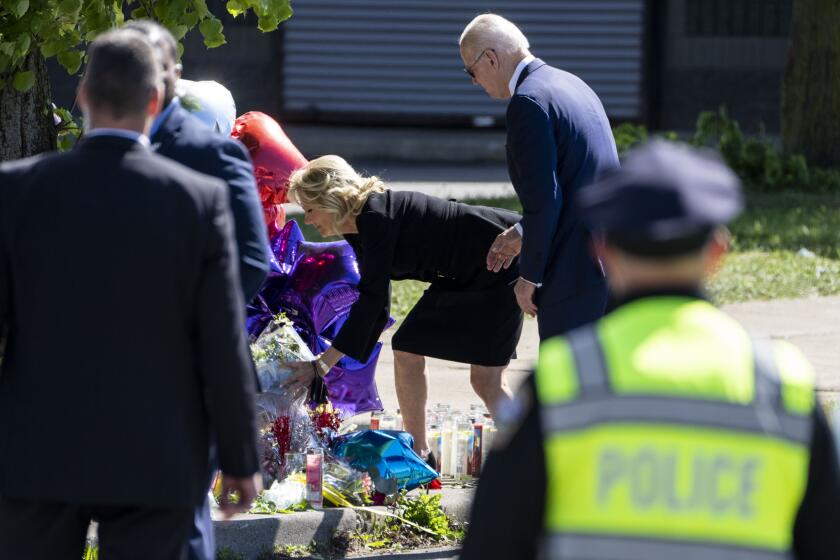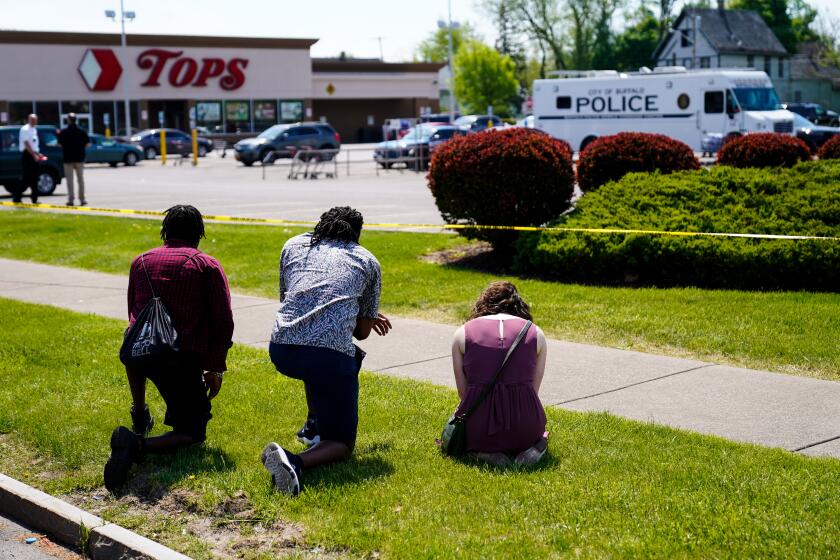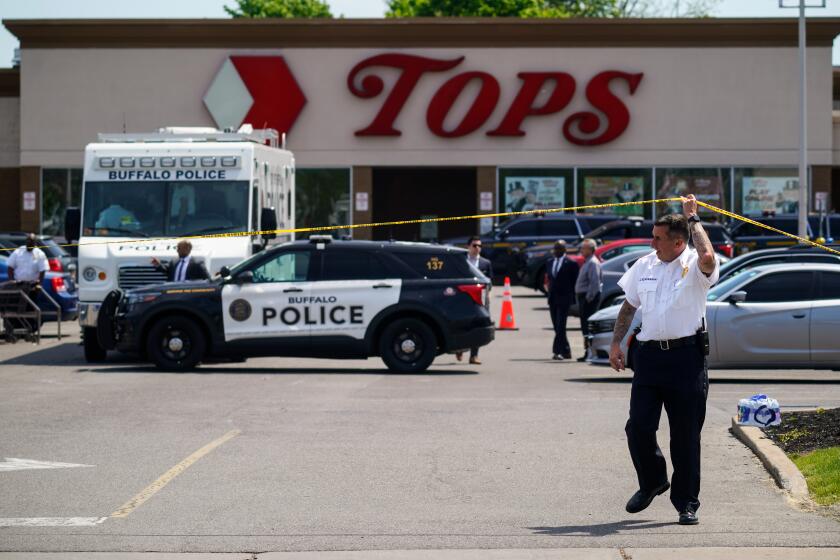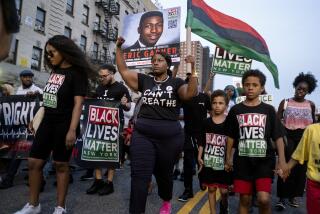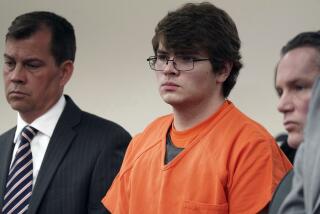Before the shooting, Buffalo’s East Side long faced racism and discrimination
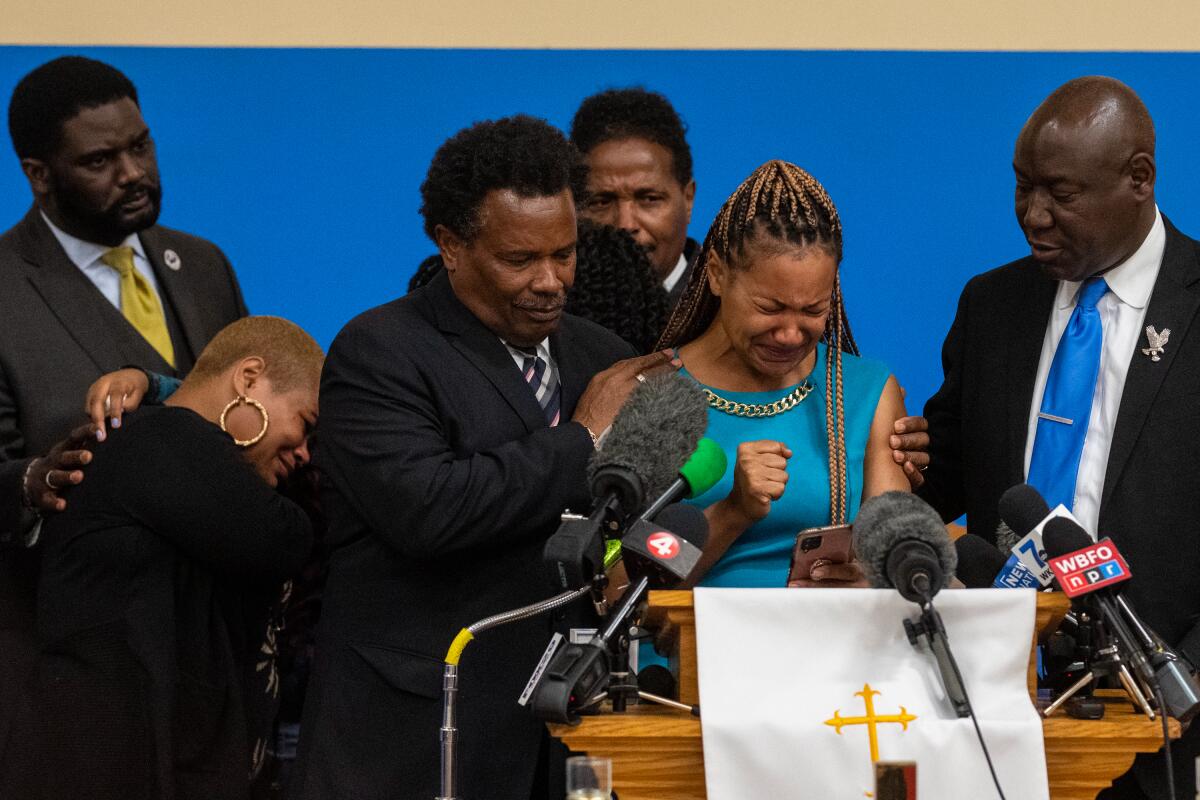
BUFFALO, N.Y. — When 62-year-old Donna Davis learned that police had “begged” Payton Gendron — the white man accused of the mass shooting here — to surrender after carrying out what authorities said was a racially motivated attack that left 10 people dead and three others wounded, she became furious.
“If he was Black, they would have shot him,” Davis said, echoing what other residents said during interviews Monday. “Instead, police officers showed up and begged him to surrender? After shooting 13 people? And he’s armed?”
Davis and other residents of Buffalo’s predominantly Black East Side neighborhood maintain the mass shooting on Saturday is an extreme example of the kind of targeted racism and discrimination residents have long experienced.
On Monday, new details emerged. Buffalo Police Commissioner Joseph Gramaglia said Gendron, 18, planned to keep killing if he had escaped. He said the gunman talked about shooting up another store.
That account is in line with a 180-page document said to have been written by the suspect that echoed the far-right conspiracist view known as the “great replacement theory,” which claims that white Americans are at risk of being “replaced” by people of color through changing immigration and birth rates.
Investigators said Gendron, who was arraigned over the weekend and pleaded not guilty to first-degree murder, had also visited extremist and neo-Nazi sites that peddled conspiracy theories and anti-Black racism.
Authorities said the suspect researched the demographics of the Buffalo neighborhood around the Tops Friendly Markets grocery store while searching for areas with a high concentration of Black residents. The gunman drove about 200 miles to Buffalo from his home in Conklin, N.Y., at least a day in advance to conduct reconnaissance on the store, police said.
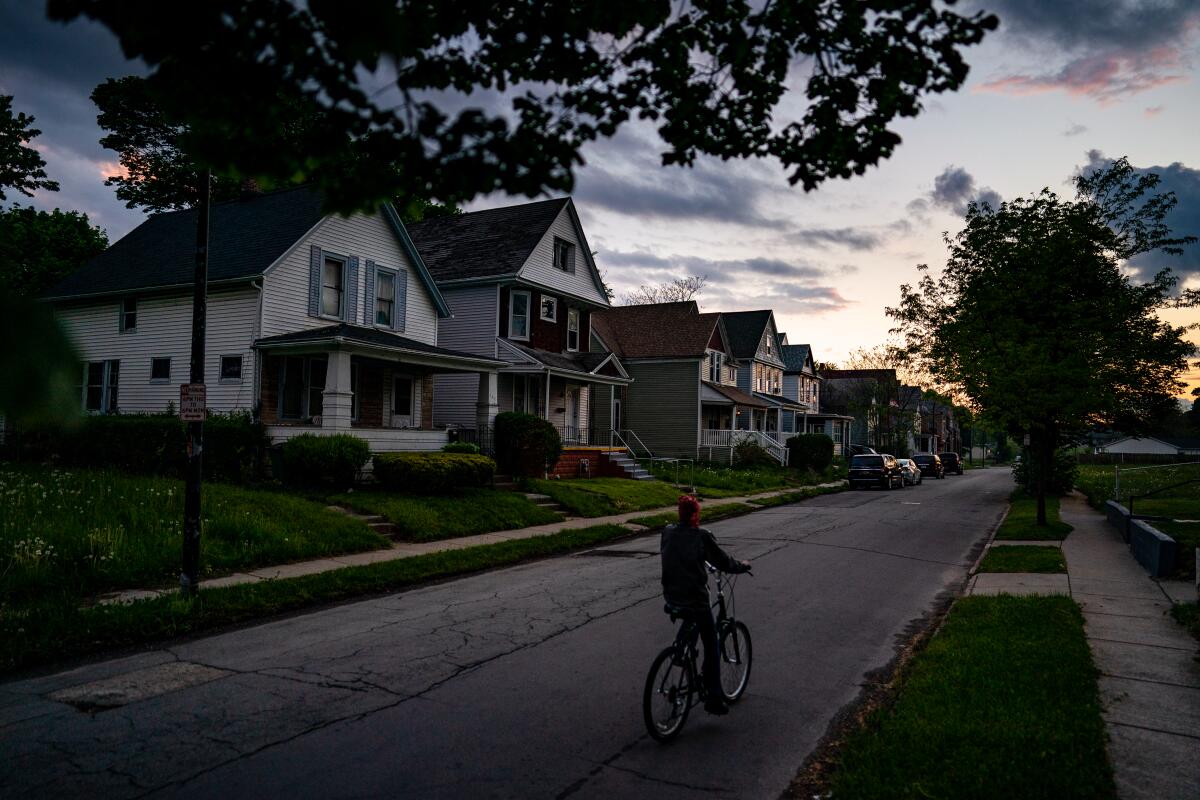
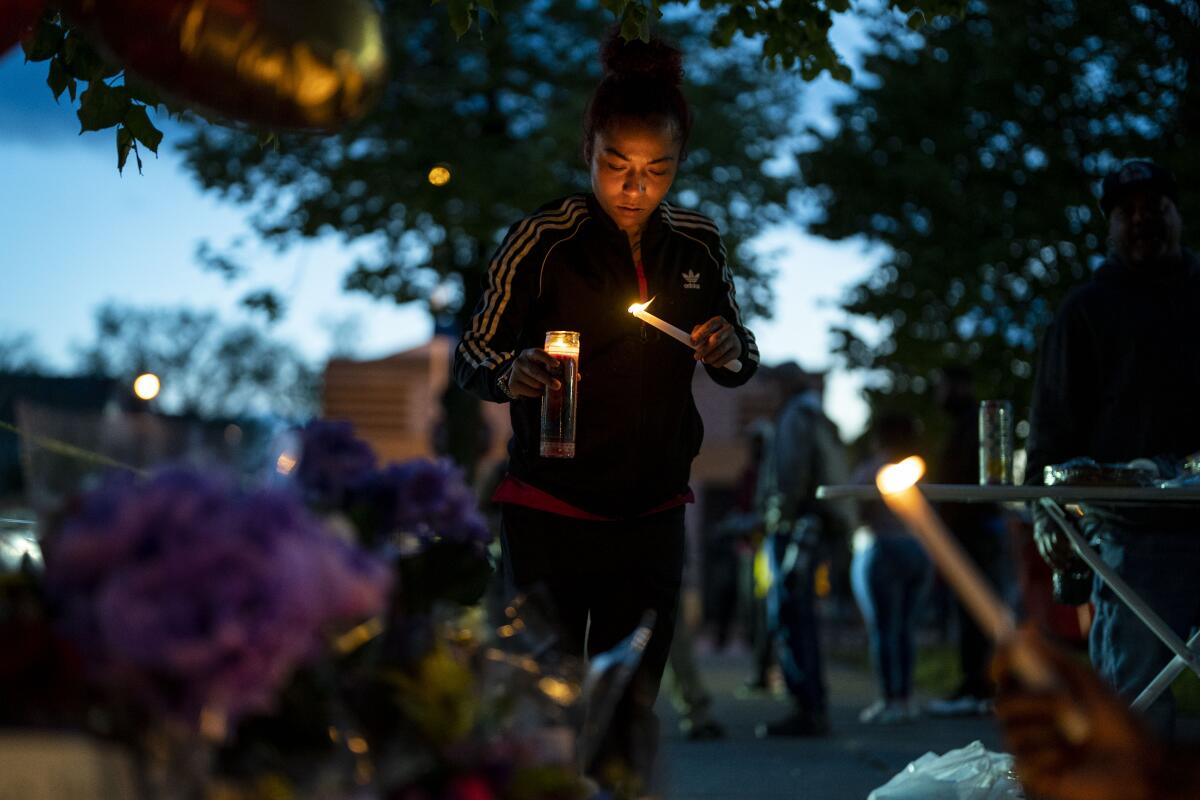
At an emotional news conference, Garnell Whitfield broke out in tears and anger as he described the pain of losing his mother, 86-year-old Ruth Whitfield, the matriarch of the family.
“We’re not just hurting. We’re angry, we’re mad — this shouldn’t have happened,” he said. “We do our best to be good citizens, to be good people. We believe in God, we trust him. We treat people with decency, and we even love our enemies, and you expect us to keep doing this over and over again, forgive and forget, while the people we elect and trust in offices around this country do their best not to protect us, not to consider us equal, not to love us back. What are we supposed to do with all this anger and all this pain?”
Whitfield said his mother had gone to a nursing home to care for his father, as she did every day, and stopped at the store to buy groceries when she was killed.
Civil rights attorney Ben Crump called on lawmakers to pass a hate crime bill similar to the anti-Asian hate crime legislation that President Biden signed. He also said it was time to call out such incidents as acts of domestic terrorism.
President Biden go to Buffalo to meet the families of victims killed in what police described as a racially motivated shooting. Ten people died in the carnage.
“We have to define it as such. We can’t sugarcoat it, we can’t try to explain it away by talking about mental health. No, this was an act of domestic terrorism perpetuated by a young white supremacist. There’s no question about his intentions,” he said. “And just like America’s response to terrorism, America needs to respond to this act of bigotry, racism and hate as a terrorist act.”
At Doris Records, Derrick Luchey, 59, said that when he heard the gunman had planned to target another store, he couldn’t help but wonder what would have happened if he had come to his store.
“What if I had heard gunshots and walked out to look?” he said. “It’s crazy.”
Some say the shooting has made them reflect again on the racism and discrimination that exist in every part of their lives.
Davis said that when she moved to Masten Park a month ago, one of several neighborhoods located in the eastern part of the city, she didn’t expect her car insurance bill to change. She had, after all, a perfect driving record.
A ‘lone wolf’ killer? That might be a comforting thought, if only it were true.
Then came her monthly bill. It had jumped from $133 to $195 a month. Over the phone, the car insurance company told her it was because of the high rate of accidents in the area. Davis didn’t buy it. She suspected it was something else.
“I felt it was discrimination,” she said. “Discrimination against this neighborhood.”
She added: “And I have yet to see an accident in the area.”
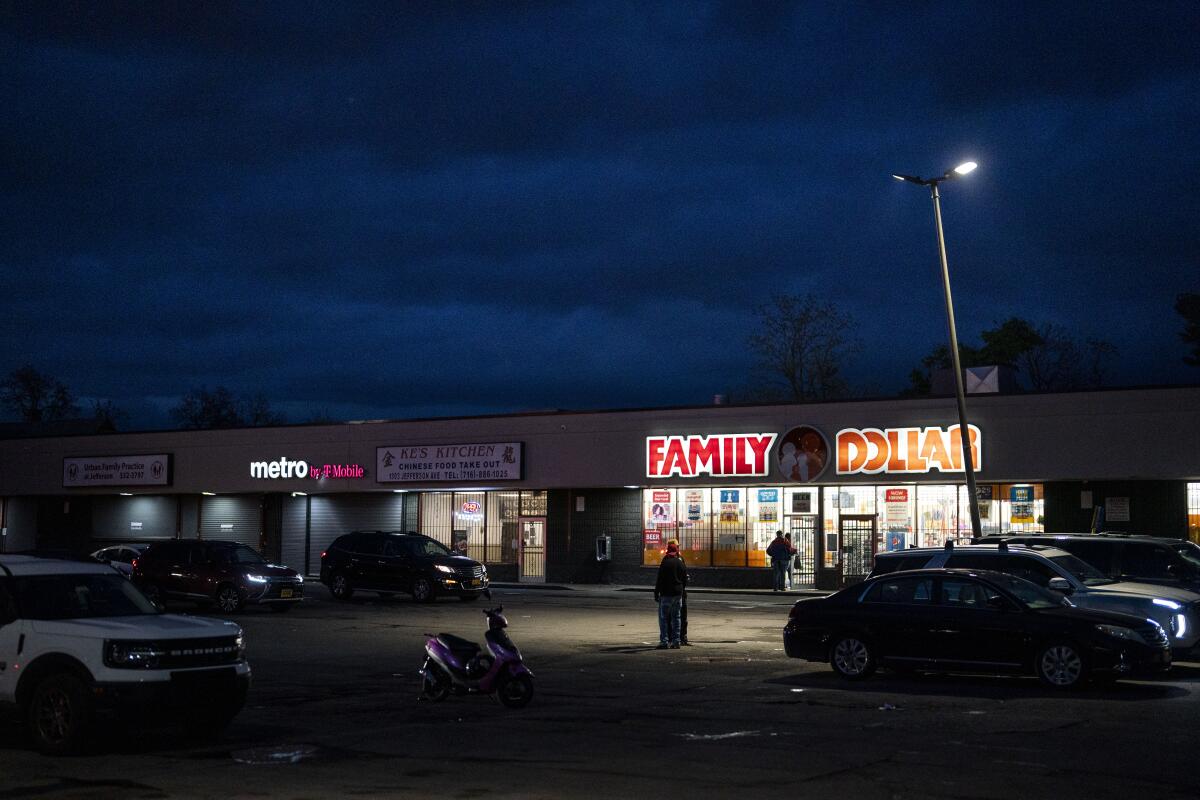
Dr. Henry Louis Taylor Jr., a professor in the department of urban and regional planning at the University at Buffalo, said years of systemic racism has contributed to the idea, especially among white supremacists, that Black lives don’t matter.
Last year, Taylor released findings of a follow-up report on a 1999 study about the Black community in Buffalo. He and other researchers found that the city’s Black population, particularly those living on the East Side, were no better off three decades after the first study was conducted. The lack of progress, he said, was due to the choices and decisions made by city and state officials.
He said between 2006 and 2016, the city had made about $160 million in community investments, but much of the money went to demolishing buildings and homes without constructing new ones.
He said leaders focused on revitalizing areas such as downtown and the waterfront while ignoring the Black community altogether.
Buffalo’s police commissioner says the white gunman accused of a racist rampage at a supermarket had planned to keep killing people if he had escaped the scene.
He said as the city’s economy improved, so did the value of the empty lots that were snatched up by speculators who would sell only to those willing or capable of paying at market value.
“That distorted development in many of the East Side neighborhoods and communities,” Taylor said. “So the city’s actual policies hurt the African American community at the same time racism and other forces continued to isolate them from the best jobs and opportunities within the metropolitan region.”
Two years before Taylor released his follow-up report, the state of New York conducted its own research of the area as part of a $65-million development plan.
The report found that the East Side is 40% of the city’s land area. It is home to 42% of Buffalo residents (40% of the city’s working-age population), but home to 30% of the city’s jobs; 78% of East Side residents are people of color.
The report stated that nearly 7,000 residential addresses and 850 commercial addresses were vacant on the East Side. At least 850 of 1,600 teens in the area were not employed or in school. At least 36% of the residents didn’t have a car.
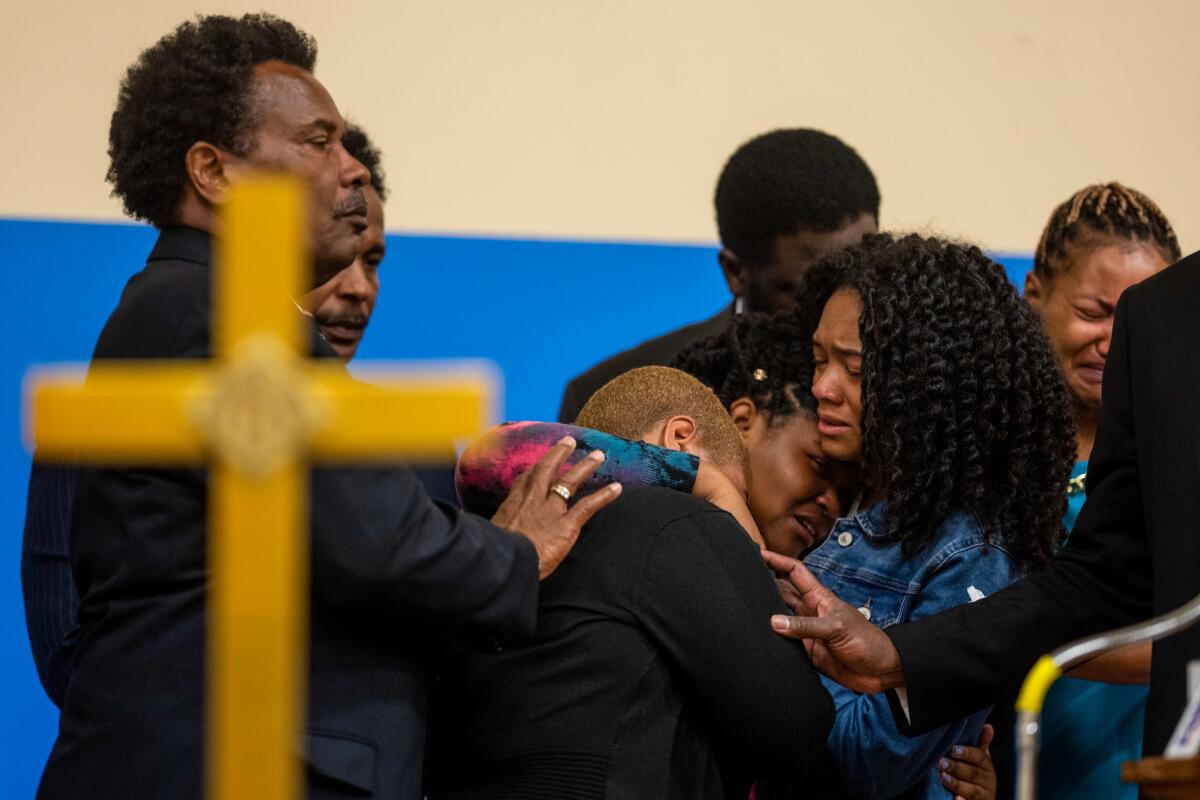
U.S. Census Bureau data show the median household income for Black people in Buffalo is $39,576, compared with $54,162 for white households. Both are below the national median family income of $79,900.
For residents living on the East Side, they don’t need numbers to convince them of the racism and discrimination they see and experience. They say some of that was highlighted by the shooting.
Dwayne Jones, a senior pastor at Mt. Aaron Baptist Church and a former law enforcement official, said there was a reason why the gunman picked the only supermarket on the East Side.
“That’s systemic racism itself,” he said. “That we only have one supermarket on the East Side.”
Jones said he has struggled for years to get another supermarket built.
Francine Foster, 58, a lifelong resident who works in debt collections, said the racism in Buffalo is sometimes subtle.
“It was never upfront,” she said. “It was kind of behind-the-scenes racism in Buffalo that you knew existed, that it was prevalent.”
“You could tell that by the segregation of different communities,” she added.
On Ferry Street and Jefferson Avenue, Don Patterson, 58, echoed those sentiments. Standing inside Doris Records, he recalled a time when a friend told him that an auto tech program was accepting candidates. Most would get jobs that would pay close to $100,000. Patterson sent someone who was interested. The man, however, didn’t get into the program. Patterson said the man was told he wasn’t a good fit for the program, and they offered him a custodial job.
“Was it racism?” Patterson said, raising his arms. “Can I prove it?”
He said incidents like that exist in the city, so when people ask about his frustrations over racism and discrimination, he doesn’t know how to answer.
“It’s like breathing,” he said. “It just happens. It’s part of life for a Black man.”
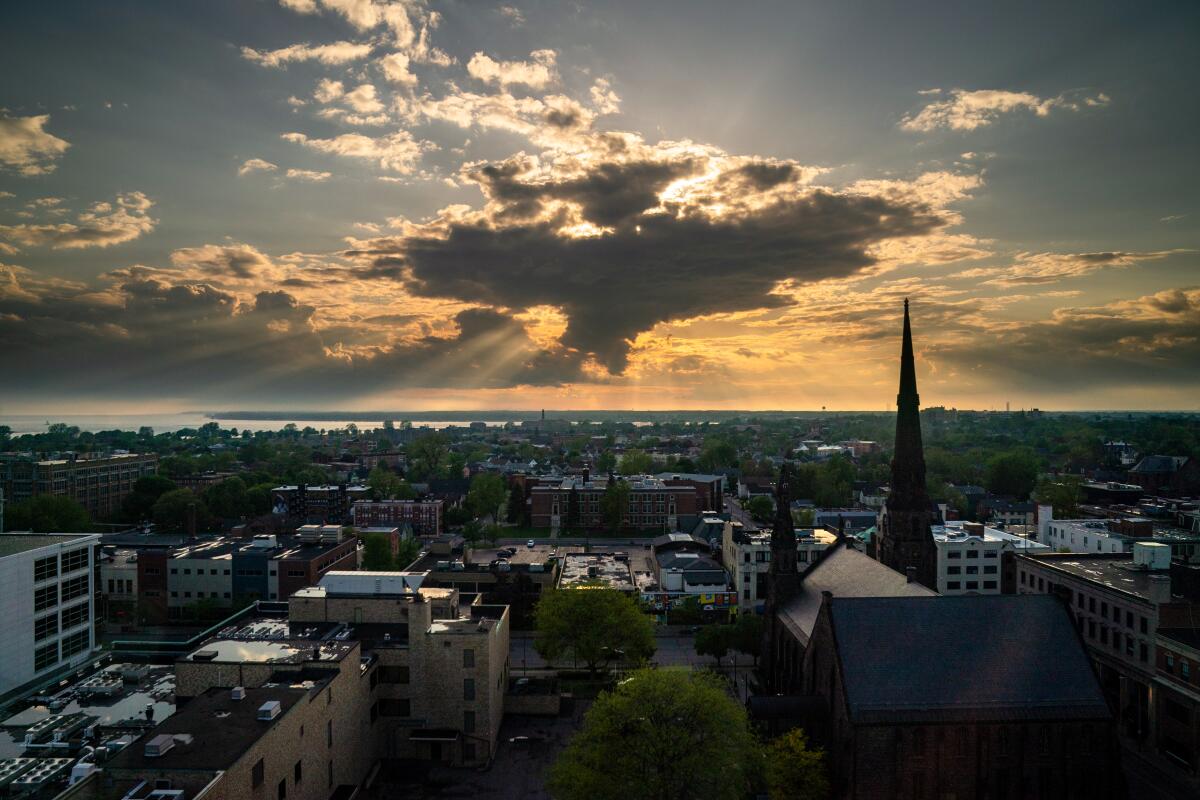
More to Read
Sign up for Essential California
The most important California stories and recommendations in your inbox every morning.
You may occasionally receive promotional content from the Los Angeles Times.
